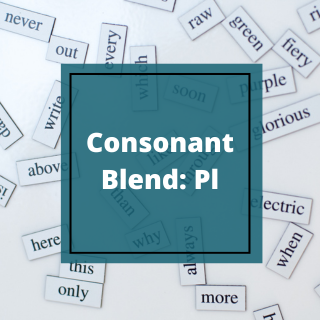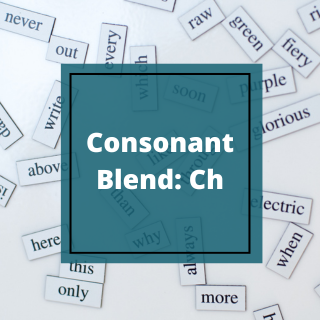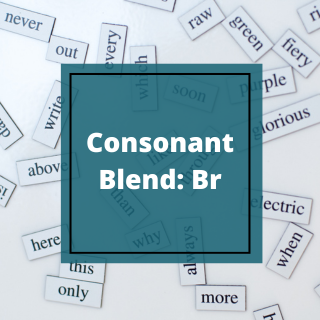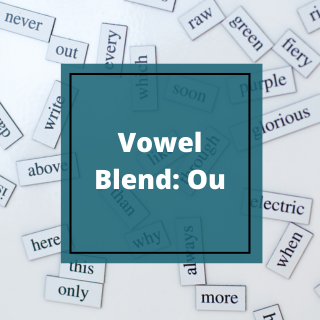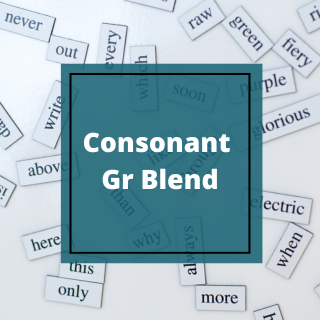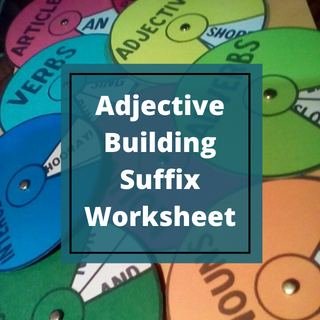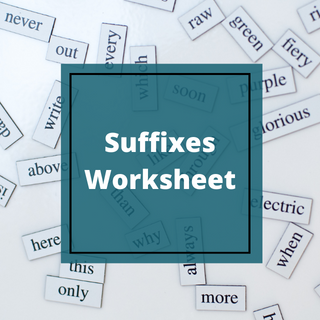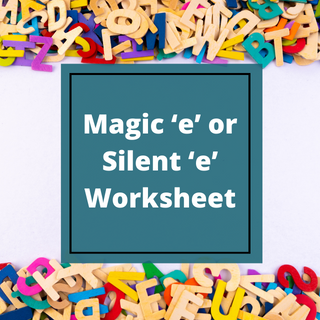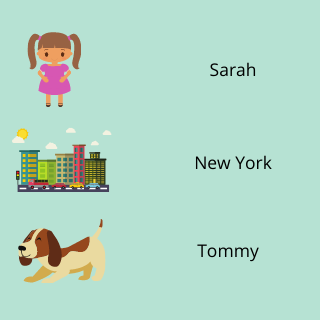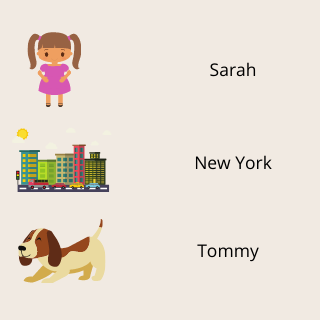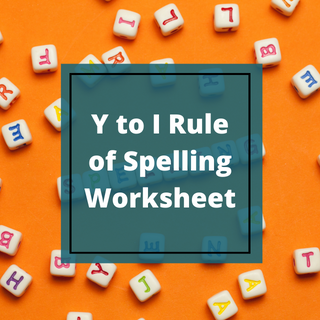
Worksheet
Y to I Rule Worksheet
This Y rule spelling generalization worksheet is designed for the 6-12-year-old children to practice the application of the “Y rule” of spelling.
When the children are firm with the lessons on syllables, and short & long vowels, then they are introduced to the spelling generalization rules. Watch the video for more information on the Y Rule of Spelling.
Y to I Rule of Spelling
Let us revise the Y rule before understanding how to practice this Y rule spelling generalization worksheet.
According to the Y rule in spelling generalization,
If a word ends in -y preceded by a consonant, change the y to -i, then add the suffix. For example –
- happy + ness = happiness
- hurry + ed = hurried
- duty + ful = dutiful
- Carry + er = carrier
Variation –The above rule has a variation – If a word ends in y preceded by a consonant, but the suffix carries i as a beginning letter as in -ing then y remains same. For example
- Study + ing = studying
- Fry + ing = frying
Exception – There is an exception to the above rule where -y is preceded by a consonant. But here the letter y does not change to i. For example
- Shy + ly = shyness
- dry + ly = dryly
Perquisites of this Y to Rule worksheet
A child must know the Y to I Rule, its variation, and exceptions.
How to Practice the Y Rule of Spelling Worksheet?
In this worksheet, a child needs to add a suffix to the base word with y to make the new word by following the Y Spelling Rule.
Here a child is provided with the root word with y in the end and the suffix to form the new word.
For example:
- Carry + ed = carried
Here y is preceded by a consonant hence it changes to I when the suffix -ed is added to it.
- Fly + ing = flying
Here also, y is preceded by a consonant, but the suffix begins with the letter i, hence, y would remain as it is in the new word. The new word formed would be flying.
- Shy + ly = shyly
The above example follows the exception to the Y Rule of Spelling.
Encourage the children to read the root word, suffix, and the new word loudly. This helps in better understanding the application of y to i spelling rule and comprehending the rule properly.
Download the worksheet and start practicing the usage of Y spelling rule to form new words.
Note: You can also refer to the video lesson here to understand the Y rule in more detail.
Related worksheets
Consonant Blends Ch Worksheet
help the child learn ch blend words and their usage in sentences
View WorksheetConsonant Blends: Br Worksheet
Help the child learn br blend words and their usage in sentences
View WorksheetVowel Blends Ou Worksheet
help the child learn ou blend words and their usage in sentences
View WorksheetConsonant Blends: Cl Worksheet
help the child learn cl blend words and their usage in sentences
View WorksheetConsonant Blends: Gr
help the child learn gr blend words and their usage in sentences
View WorksheetConsonant Fl Blends Worksheet
help the child learn the words starting with consonant fl blends and its usage in the sentences
View WorksheetSuffix Story Worksheet
A Creative and Engaging Worksheet for Crafting Stories with Suffixes.
View WorksheetAdjective Building Suffix Worksheet
Enhance Your Child Writing and Language Skills with Creative Worksheet for Building a Strong Adjective Vocabulary.
View WorksheetSuffixes Worksheet
An Interactive and Engaging Worksheet for Building Vocabulary and Spelling.
View WorksheetMagic ‘e’ or Silent ‘e’ Worksheet
This worksheet helps the child to practice the formation of words with Magic 'e' or Silent 'e'
View WorksheetPrefix Re and Un Worksheet
Help the child practice the usage of Re and Un prefixes in the sentences
View WorksheetNegative Prefixes Worksheet
Help the child to learn how the meaning of the words changes using negative prefixes
View WorksheetCapitalization Practice Worksheet: Capitalization Rule 4
Helps the child learn and practice the application of rule 4 of capitalization
View WorksheetCapital Letters Worksheet: Based on Rule 3
help the child practice which word to capitalize based on its rules
View WorksheetCapitalization Worksheet: Rule 1
Help the child to practice capitalizing first word after full stop
View WorksheetCommon and Proper Nouns Worksheet
Identify common nouns and proper nouns in the sentences
View Worksheet


